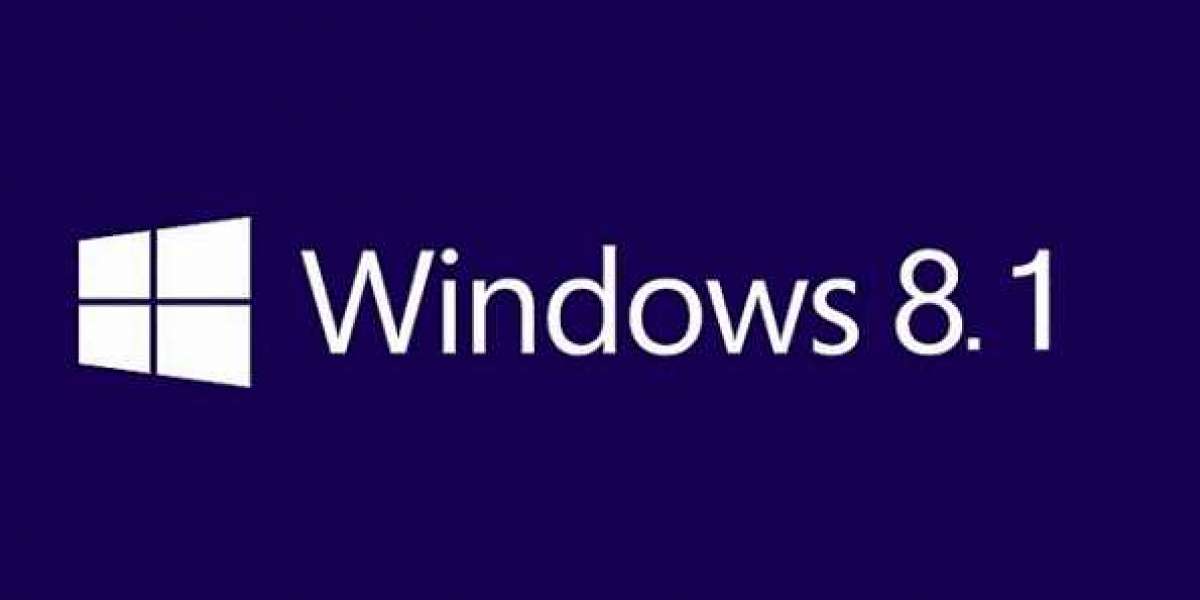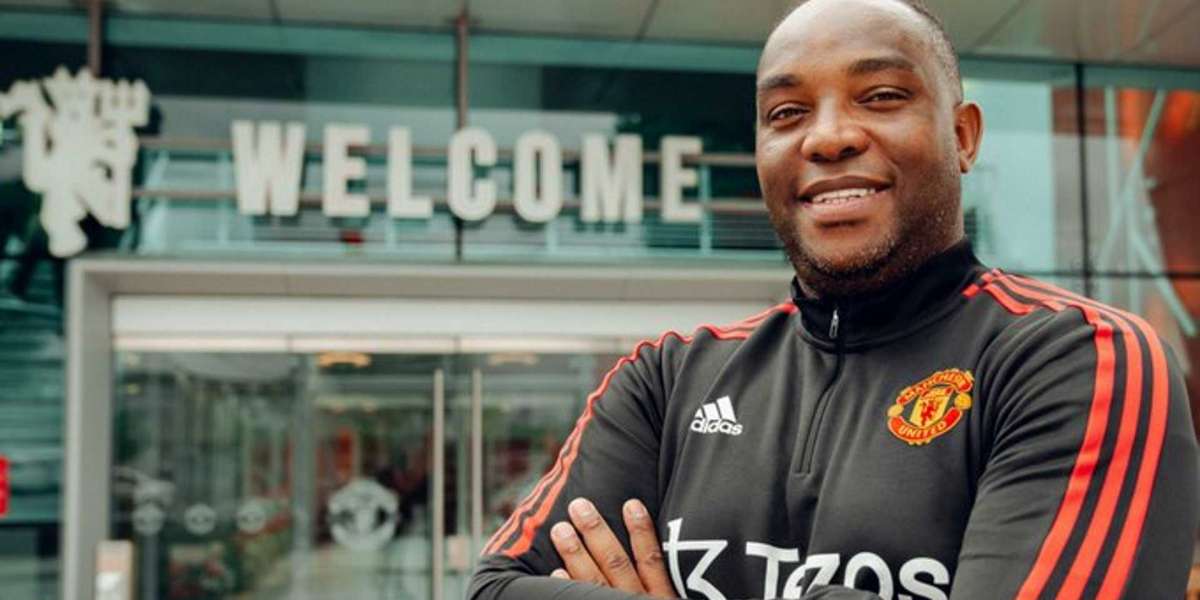Neowin reports that users of the operating system (OS) have again received a notification that the company will stop providing technical support, software updates, or security updates for Windows 8.1 from 10 January 2023. Microsoft said although users could continue running Windows 8.1, their PCs would be at greater risk of viruses and malware. “We recommend upgrading to a version of Windows that is still supported,” Microsoft advised.
The change will have a minimal — although not completely disregardable — impact on the overall Windows customer base. According to GlobalStats Statcounter, around 2.45% of Windows users were still using this version of the OS by October 2022. With an estimated 1.6 billion computers running Windows, according to the latest available figures, that suggests just over 39 million PCs could still be on Windows 8.1.
Microsoft encouraged users to switch to a device that supported its latest OS — Windows 11 — for an “easy transition and great experience”. If you are still running Windows 8.1, it is worth checking whether your current device is eligible for the upgrade to Windows 11 before buying expensive new hardware by downloading Microsoft’s PC Health Check tool.
Even if it is not supported, a free upgrade to Windows 10 is still available using a simple workaround for those running a genuine installation of Windows 7 or Windows 8.1. Windows 10 has much less stringent requirements than Windows 11, and Microsoft will support it until at least 2025.
The legacy of Windows 8.1
Windows 8.1 was released in October 2013, about a year after its controversial predecessor made its debut. The update addressed the myriad complaints about Windows 8 from tech reviewers and general users. The biggest among these was a confounding decision to remove the visible Start button from the taskbar, an element that had become a staple of Microsoft OS releases since Windows 95.
Windows 8.1 did not only bring back the Start button but gave users the option to go directly to the desktop upon login instead of the default tile-filled Start screen, another contentious feature. Other changes included more snap views, additional bundled apps, closer OneDrive integration, a new version of Internet Explorer, and a Bing-powered unified search engine. Microsoft has since replaced Internet Explorer with the Chromium-powered Edge.








